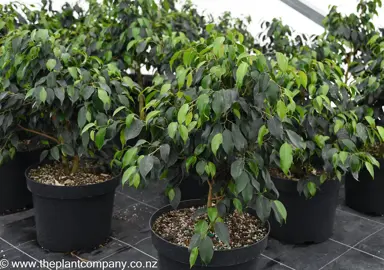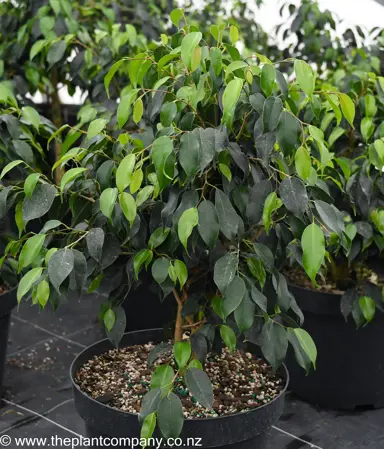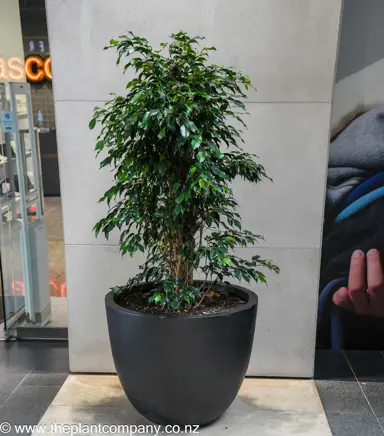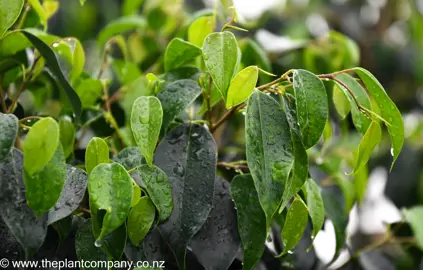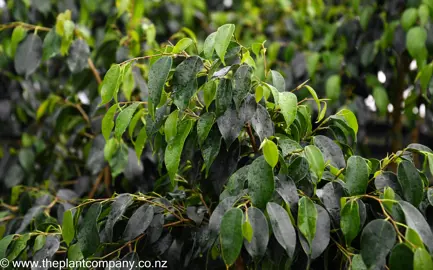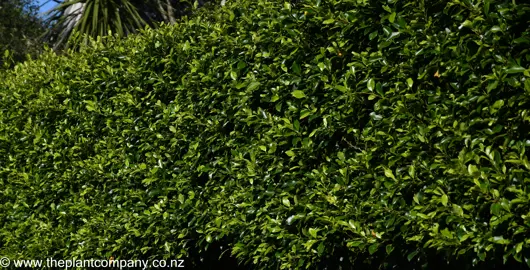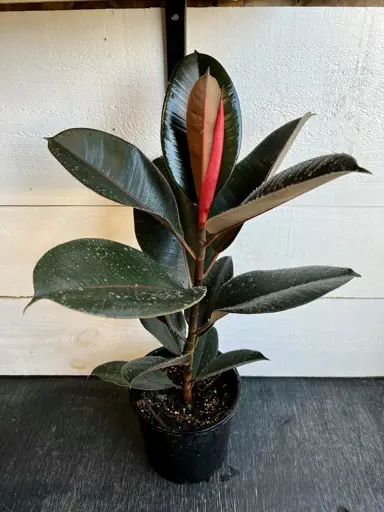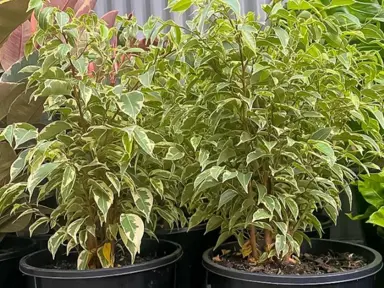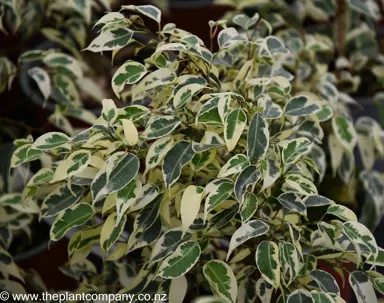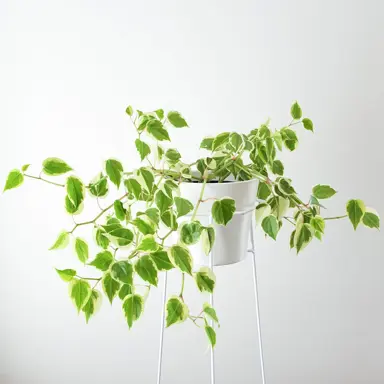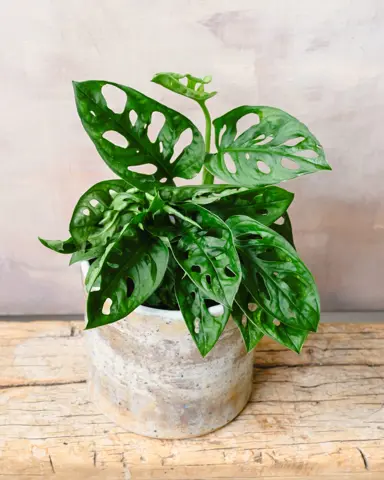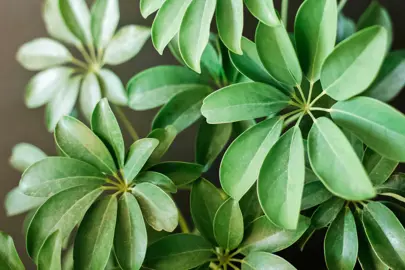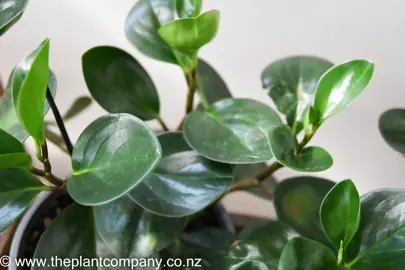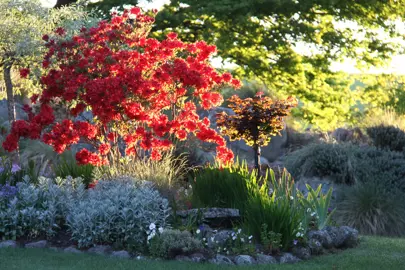Ficus benjamina (Weeping Fig, Benjamin Fig)
Ficus benjamina, known as the Weeping Fig, is a popular indoor plant in New Zealand, prized for its elegant, arching branches and glossy green foliage. It brings a touch of nature indoors and suits modern or classic interiors alike. Thriving in bright, indirect light, it prefers consistent watering and well-drained soil. This low-maintenance plant helps purify the air and can be shaped easily, making it a stylish and practical choice for homes and offices.
